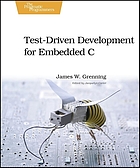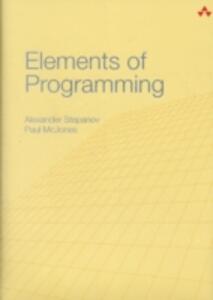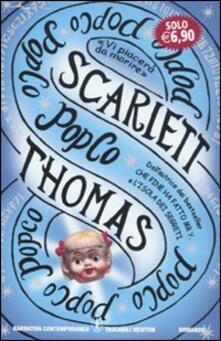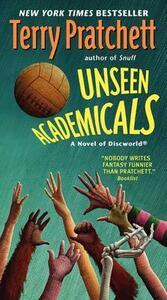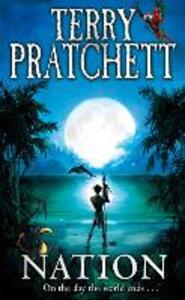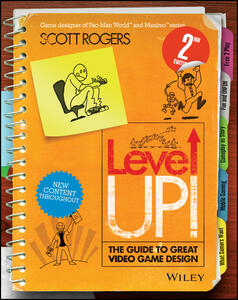It’s no secret that I was a child during the space age, going to the moon was just taking a different kind of plane and there was no doubt, we all were going to spend y2k vacations on some asteroids or even Mars. Rockets and space keep fascinating me even when I got to know y2k for another reason and now that Mars still remains a distant shore where no man has gone before (and possibly it will take yet some more time to get there).
Growing older, and becoming an engineer just increased my respect and admiration for those people that using 60’s technology achieved such an incredible goal. Space is hard, unforgiving, there are millions of things that could go wrong. Timing and counting are especially critical. Just the first example that comes to my mind – switch the rocket off too early and you’ll plunge back to Earth, switch the rocket off too late and you’ll be cruising on a non-return-path to the Sun or the Outer Space.
This book starts from the beginning of the space era in the USA and follows the story up to the moon landings.
A bit surprisingly, the first half of the book is focused on the human side – the test pilots, the political propaganda, the strong will about having a human in the cockpit and in command of the mission. Von Braun, the German scientist behind many successes of the American rocket science, was a strong supporter of having humans out of the control loop – the rocket is fired, autopilot and physical laws of gravity take it to the destination, without the need of a pilot doing anything. This view was strongly opposed by the ideology of the space hero – the man that conquest the space, driving rockets and starships.
From the first orbital maneuvering it was clear that the pilot intuition was too misleading to proper control the spaceship – changing the orbit to get closer or farther from Earth it’s too different from the action you do on a plane, you need to take in orbital speeds when approaching your target, not just the relative positions.
Eventually the space program came to agree on avoiding human piloting the rocket during the launch phase and having some control operations with man in the loop and some other completely automatic. Humans where there as a reliability and recovery mechanism in the control loop. Having a spaceship flying to the Moon, is a very complex operation, that requires many activities to keep the capsule functional, aligned with the objects and preserving the passengers’ life.
While the story narrated in the book unfolds, the digital computer appears on stage. It was back in the sixties, when the single chip computer was yet to come. So the MIT took the task to design and build the so called Apollo Guidance Computer. It had 2k of work memory and 36k of persistent memory and ran at 2Mhz. The book describes the story of the development of the hardware and the software never going into technical details. You get to know that the computer was built using only NOR gate chips to ease repair and replacement of faulty components (operation that was later ruled out from on-board activities). Also you get to know that the user launched specific subprograms by input a number describing the “verb” followed by another one describing the “noun” of the required operation. Also all the operations that involved firing rockets were programmed to require the pilot authorization. This lock saved at least one mission when, during a lunar orbit, the pilot accidentally attempted to run a pre-launch sequence.
Maybe the digital computer played an even more crucial role in the lunar lander. This flying machine was something so radically different from every machine built to that time that designers and pilot could not tap into any previous experience.
The flight was not based on aerodynamics, but was only powered by rockets. By properly controlling the rocket attitudes and thrust the lander could move around and hover at a fixed point. Engineers and programmers made an incredible achievement by having such a complex machine controlled via a joystick, that proved quite intuitive to the pilot.
The computer on the lander had several programs to be selected according to the flight phase. A specific one had to be selected for landing. A graduate ruler was print on the portholes. By aligning the view of the pilot to the desired landing point, you get a reading on the ruler that had to be input in the computer. An automatic program would take control of the lander and took it to the desired position. This struck me for the ingenuity of the designers. They had to overcome the lack of interactive computer and did it in a simple yet effective way by using low technology equipment. Kudos!
During the first mission to the moon – Apollo 11 – the story wants that the landing computer failed requiring the two astronauts in the cockpit – Neil Armstrong and Buzz Aldrin – to manually take control. This is partly true. First because the lander couldn’t fly at all without a computer that translated manual input on the control joystick to rocket pulses. Second because the computer was in fact working properly reporting a real problem that, thanks to the ability of the programmers, had no consequences on the computer reliability.
The problem was that the lander computer had to be used for many different things, as the computer in the Apollo spaceship, it was controlled by the user that launched subprograms for every specific phase or maneuver during the mission. The landing sequence had many abort points, i.e. specific moments when the pilots had to decide whether abort the descent to the moon surface and get back to the Apollo capsule (the Command Module), or to proceed. Each part of the sequence had a specific procedure to operate. Right after the lander detached from the Command Module a first decision had to be taken – dock back to the Command Module or proceed to the next step? If the descent was aborted at that point, the pilot had to switch on the docking radar and use the computer to execute the docking sequence.
The docking radar had to be engaged also during the flight to the Moon when the lander was extracted from the 3rd stage of the rocket and then docked to the Control Module. So, during the simulations, the astronauts asked whether they could keep the radar on to avoid having something to think of in the case they aborted the descent.
This switch caused data from the radar to be fed to the lander computer causing some extra processing. The operating system and the programs were designed with a 30% margin on CPU load, and an error were reported if the load exceeded a safety threshold. Being a real time operating system with sound priorities, the computer continued working properly offering reliable pilot controls and descent trajectory. Nonetheless during the mission the mission control preferred to avoid any risk and asked the pilots to switch off the trajectory control, leaving Neil Armstrong and Buzz Aldrin to manually operate the lander to the landing spot.
This served also the propaganda to claim the reliability of human and the fallibility of the machine. In the next missions most the pilots decided to avoid automatic landing and go for manual landing even if there were no problems in the software and they landed very close to the programmed spot.
Very interesting also the role that the software played in the design and development of the missions. Initially no one considered software. I mean literally – there was no account for software on the initial plan. Likely it was considered part of the engineering system, not a main activity. Also the activity of software production started without an industrial process and without an effective leader. Around mid ’66, things changed, software switched from being a pet project for a few tens of programmers into a project with hundreds of people, project managers, documentation, review…
Overall I enjoyed this book a lot. In the first part felt a bit slow, and apparently not going to the point of computers in space, but in the next chapters that long introduction helps to better understand the human factor behind the story.
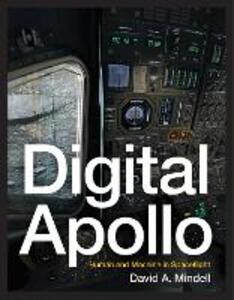
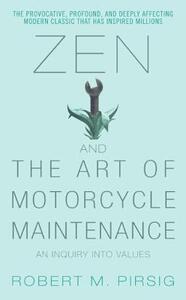
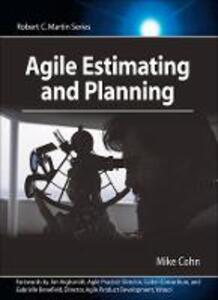
 If you happen to be involved in software development you know how much it costs and you can’t ignore the chances of reducing defect count and thus increasing the cost-effectiveness of the process. So I started reading this book with much interest also because the word “Practical” in the title looked very promising.
If you happen to be involved in software development you know how much it costs and you can’t ignore the chances of reducing defect count and thus increasing the cost-effectiveness of the process. So I started reading this book with much interest also because the word “Practical” in the title looked very promising.
